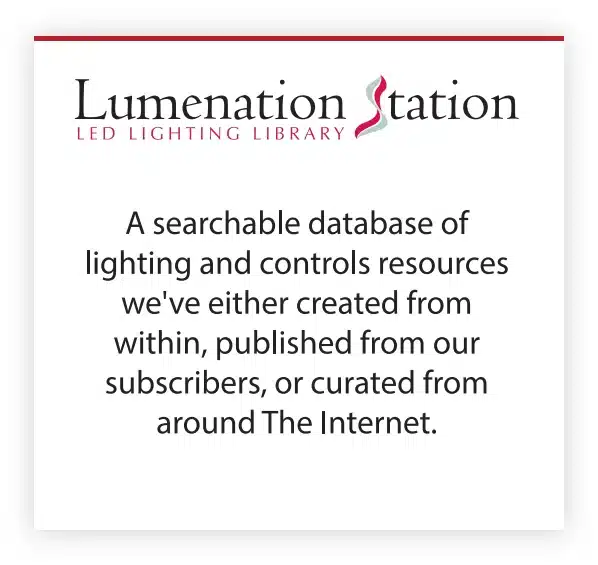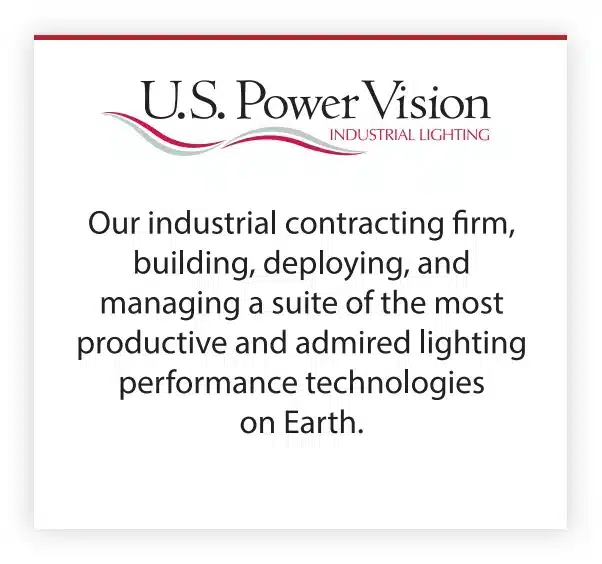Dear Reader:
Some Facilities Managers are serious about squeezing the maximum amount of waste out of their systems – in this case their lighting systems – and converting it to profit. The more a lighting system is optimized, the more efficient it operates, and the more savings it generates, driven to his/her company’s bottom line.
Our contracting company routinely installs control systems with our new lighting projects. Today’s systems are much more affordable than those of old, easier to install, and operate durably and predictably over long periods of time. When we do so, we average about a 20% premium over what would otherwise be the savings generated from a non-controlled system. As you might imagine, in a 24/7, 200,000 sq. ft. facility, this adds up to real money.
A system such as this serves two purposes – to enhance employee comfort, and reduce the operating time of each fixture to the minimum required to get the job done – no more or less. We’ll save the first purpose for another article and mention here the four functionalities of controls that we consider important, with an eye toward reducing “burn times”:
- Daylight Harvesting – The ability to harvest daylight that may be coming into the environment via windows or skylights. See Sunlight is Free.
- Scheduling – Providing you with a settings regime that may be more aggressive during non-business hours than you would want during business hours. See Schedule Off Times When Production is Down
- High End Trimming – Giving you the ability to control to just that right amount of output for the task. See Dial the Output Down with Trimming
- Occupancy Sensing – Enabling the Manager to control under what conditions a fixture comes up, or shuts down (or dims). See Wireless Sensors for Lighting Energy Savings
GE Current (having recently changed their name to Current Lighting Solutions) has put out a white paper that does a splendid job of getting the Facilities Manager in the arena as to what is now possible with wireless lighting controls, and you can access it here: The Value of Wireless Lighting Control.
Also, the U.S. DOE published paper on occupancy sensor control, to be found here: Wireless Occupancy Sensors for Lighting Controls. Feel free to call me and I’ll help talk you through it.






